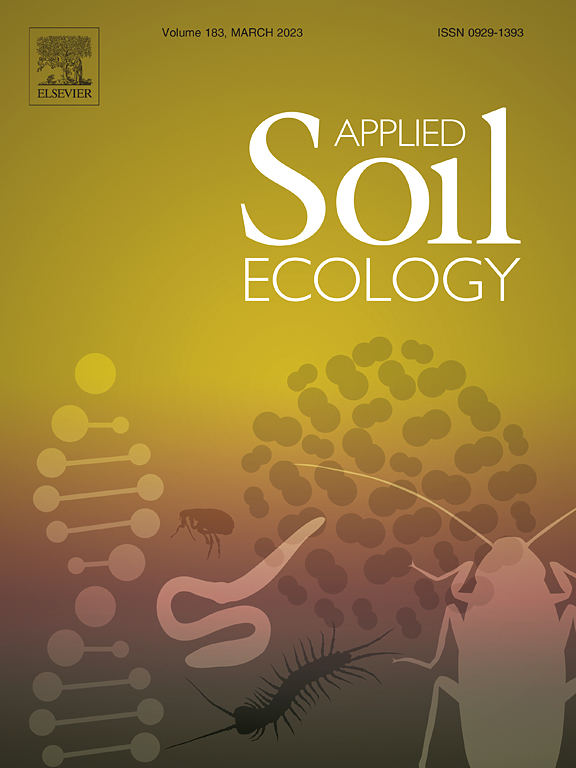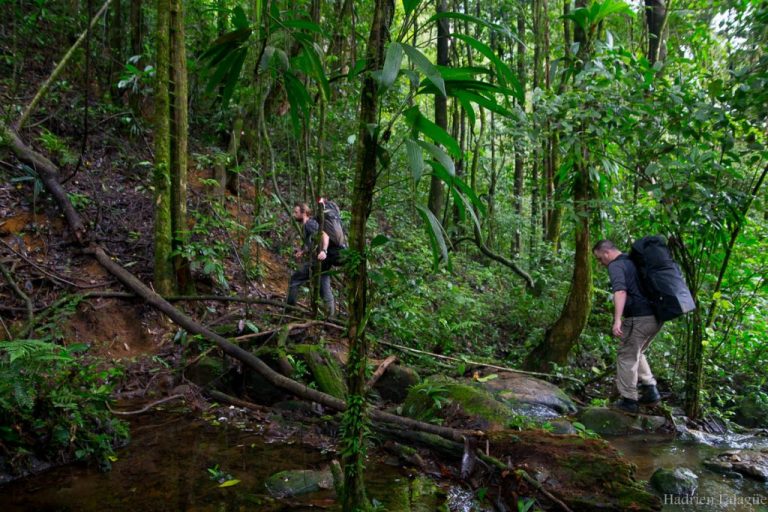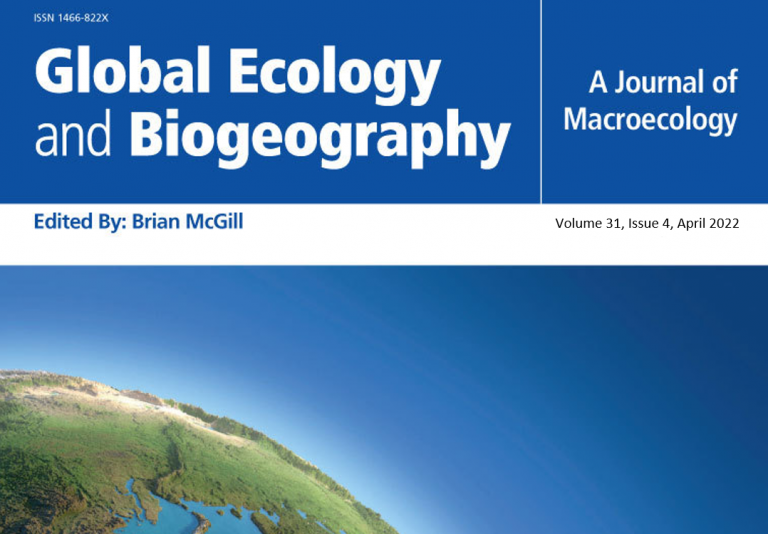DNA barcoding reveals remarkable earthworm diversity in neotropical rainforests of French Guiana

En construction
Marie-EugénieMaggiaaThibaudDecaënsbEmmanuelLapiedcLiseDupontdVirginieRoydHeidySchimanneJérômeOriveleJérômeMuriennefChristopherBaralotogKarlCottenieaDirkSteinkeah
a
Department of Integrative Biology, University of Guelph, N1G 2W1 Guelph, Canada
b
CEFE, Univ Montpellier, CNRS, EPHE, IRD, Univ Paul Valéry Montpellier 3, Montpellier, France
c
Taxonomia International Foundation, 7 rue Beccaria, 72012 Paris, France
d
Université Paris Est Créteil (UPEC), Sorbonne Université, CNRS, INRAE, IRD, Institut d’Ecologie et des Sciences de l’Environnement de Paris, 94010 Créteil Cedex, France
e
UMR Ecologie des Forêts de Guyane, Campus Agronomique, BP 316, 97379 Kourou Cedex, France
f
Laboratoire Evolution et Diversité Biologique (EDB, UMR5174) – Université Toulouse 3 Paul Sabatier, CNRS, IRD – 118 route de Narbonne, 31062 Toulouse Cedex, France
g
International Center for Tropical Botany, Department of Biological Sciences, Florida International University, Miami, FL 33199, USA
h
Centre for Biodiversity Genomics, University of Guelph, N1G 2W1 Guelph, Canada
Highlights
•
119 putative species (MOTUs) were found, calling attention to some unexpectedly high soil diversity in French Guiana.•
23 MOTUs were exclusively found in dead trunks and epiphytes (not in soil).•
Only 1.7% of the MOTUs were shared among all locations and spatial components strongly influence community composition.•
Results overall indicate strong endemism.•
Both the use of three sampling approaches and DNA barcoding increased the amount of observable species richness.
Abstract
Despite their recognized essential role in soil, earthworms in tropical environments are still understudied. The aim of this study was to re-evaluate the diversity at the regional scale, as well as to investigate the environmental and spatial drivers of earthworm communities. We sampled earthworm communities across a range of habitats at six localities in French Guiana using three different sampling methods. We generated 1675 DNA barcodes and combined them with data from a previous study. Together, all sequences clustered into 119 MOTUs which were used as proxy to assess species richness. Only two MOTUs were common between the six localities and 20.2% were singletons, showing very high regional species richness and a high number of rare species. A canonical redundancy analysis was used to identify key drivers of the earthworm community composition. The RDA results and beta-diversity calculations both show strong species turnover and a strong spatial effect, resulting from dispersal limitations that are responsible for the current community composition. Sampling in different microhabitats allowed the discovery of 23 MOTUs that are exclusively found in decaying trunks and epiphytes, highlighting hidden diversity of earthworms outside of soil.
L’article original : At each site its diversity: DNA barcoding reveals remarkable earthworm diversity in neotropical rainforests of French Guiana






